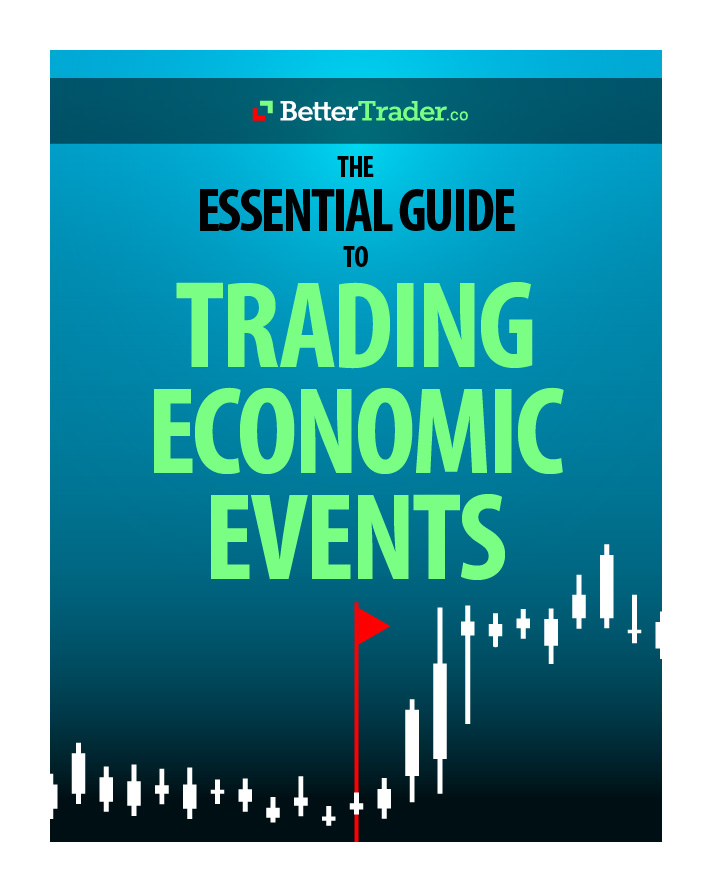One absolutely vital component of effective forex trading is an obsession with risk management. Forex markets are largely considered the most efficient in the world; countless institutions have teams of analysts trying to find every mispricing they can. Accordingly, you need to be prepared to be wrong frequently. In order to survive being wrong, you need to make risk management a part of every single thing you do. You can broadly implement risk management through asking yourself the three questions outlined below before every trade:
How Much Can I lose If This Trade Goes Against Me?
This is the foundation of risk management. You need to think about the worst case scenario and be ready for it to happen. Prior to the 2008 crisis, traders used a model known as Value at Risk (VaR) to manage their positions. This model defined how much money they would lose at a given probability. For example, the model could tell someone that there is a 1% chance that they will lose $100 dollars. So traders across countless institutions built their strategies on the basis that there was an X% chance they could lose a maximum of Y dollars. Of course, they never considered events which went beyond that X%. That is, perhaps there is a 1% chance of losing $100 but a .001% chance of losing $8,000. Because they failed to prepare for the worst case scenario (the .001%), traders incurred massive losses and institutions collapsed. This doesn’t mean models like VaR have no value; it simply means that you must prepare for the WORST CASE scenario in every trade. Over time, this type of thinking will become natural and you will learn how to utilize tools such as stop-loss orders to manage those worst-case scenarios. Given the complexity and unpredictability of forex markets, this lesson could not be more relevant.
How Does This Trade Fit With My Other Positions?
Assuming that you are taking multiple positions simultaneously, effective risk management requires more than simply analyzing each trade individually. Instead, you have to examine the relationship between each position and determine whether you are adding to overall risk or reducing it. In the case of forex, examining the historical relationships between currencies will help you understand the relationships between your positions.
The example below illustrates the concept of position relationships:
- You have a long position in currency A
- You are considering taking a long position in currency B
- Currency B has been highly correlated with currency A for decades.
- You have now effectively increased your exposure to events which affect currency A
This isn’t necessarily bad, however, upon recognizing the correlation between your positions you need to be prepared for your profit/loss to experience a greater swing in either direction
Another factor to consider in position relationships is currency pegging. If country A has its currency pegged by a certain factor to country B, you can use that information to construct trade combinations. Having the ability to manage all of your positions as a group rather than on an individual basis will reduce your risk and enable you to generate more consistent returns.
How Can I Hedge This Trade And How Much Will It Cost To Do So?
Although it is effectively impossible to find true arbitrage opportunities in the forex markets without algorithms, it is still possible to hedge your positions. Of course, there will always be a cost to hedging and you must decide whether eating into your upside is worth extra protection on the downside. This risk/reward analysis is no different than what you will do on the initial trade itself and you should be open to leaving positions completely unhedged or hedging them heavily depending on the numbers. As you become more sophisticated, you will begin to identify opportunities to hedge your positions effectively. Although this is far less important than the previous two questions, it is still worth considering the opportunity to hedge before you enter into a position.
The Next Step: Expanding Your Risk Management Framework
After you have drilled these three questions into your trading process, you can expand your risk management framework through trading software and/or modeling. Combining this fundamental mindset with today’s sophisticated technology will enable you to mitigate downside risk while continuing to deploy your capital effectively.

















